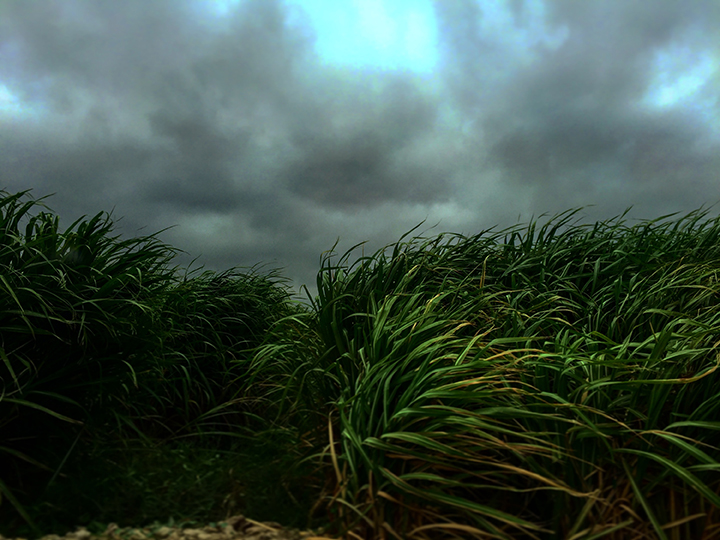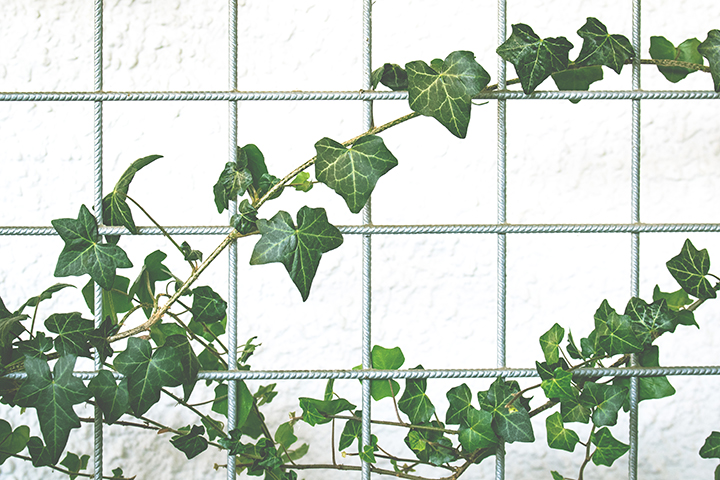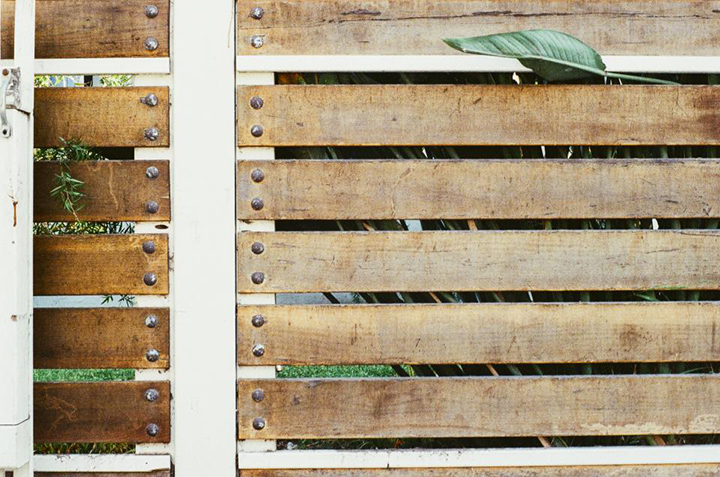News
Do plants grow in the wind?

You might have observed that when you go hiking in high mountain elevations, plants don’t grow very tall. This is because one among other variables that affect plants’ comfort is the wind. When you start an urban farm, you first have to do a site analysis and one of the main elements that will determine a good place for growth is the wind. Excess wind can make your plants and crops grow smaller, or not grow at all. Read more to understand why.
Why should we keep our plants away from constant windy zones?
First of all, strong wind can spoil petals and stems of the plants. If stems break, this becomes an open wound in the plant, making it vulnerable to seasonal disease. Secondly, if plants are exposed to a persistent wind flow, the plant’s container can become dry faster, making the plant stressed; But how does the plant react when it gets stressed? If strong wind blows constantly, the pores in the leaves start to close in order to reduce water loss. When a plant activates this mechanism of closing its pores, the plant grows slower because the breathing ability of the plant decreases. This can have a huge consequence in your harvest, reducing it about 50% of the total amount you could get.
How can I prevent negative wind effects on my urban farm?
- Choose the site with less wind. If possible choose a place isolated from strong wind flows. It is important to observe the site first to understand how the wind moves. There are average wind speeds and direction for every location, so it depends on your geographic location, and even in one single place the average can vary along the yearly seasons, so it is important to have a good wind data source.
- Attach weak plants to a rigid structure. To protect tall plants as tomatoes or pea plants, attach them with ropes to sticks or any vertical rigid mesh that guides them up while growing but at the same time works as a backbone preventing stems to break.
- Adjust your watering routine.When the windy season comes, check your plants more often and make sure it doesn’t dry out too fast, it might need more water than usual.
- Choose low height plants. If your farming space is too exposed to wind, avoid high plants like fruit trees as they get too stressed to grow fruits, but instead choose wind tolerant plants as for example low height plants: Aromatic herbs as parsley, lavenders, rosemary, thyme….or some root vegetables as carrots, potatoes, green fennel…
- Use wind buffers. Place physical barriers that work as wind buffers preventing plants from drying too fast or getting physically damaged by wind. When you set your wind barrier you must not place it on the south side of your farming site, because the south is the sunniest orientation. So be strategic and choose the good spot with less wind but also with minimum hours of sun exposure.
Which physical barrier can I use as a wind buffer?
You can use many materials as a wind buffer; check out these 3 examples:
- A reinforcement mesh where plants as ivy can grow, creating a thick green vertical wall that stops wind getting into your farming site.
- A wooden fence made out of recycled wood pallet pieces.
- If you have a bigger surface to cover, such as a big space in a building entrance, you can create this example- a metallic slats wall that can decrease wind flow and speed creating a nice microclimate for plants to grow and climb in the new structure.
Is there anything beneficial about wind for my crops?
Wind in the good amount and speed is very beneficial for crops. Wind mixes the air enabling plants to reach and absorb more CO2 from the air. Also, wind can prevent your crops from collecting an excess of dew created by moist in the air during the night, preventing plants from fungal diseases. Wind can make days cooler and nights warmer, keeping the plant in a comfortable temperature margin.
If you need help or advice for creating a good environment and microclimate for your crops, you are welcome to contact our team, and we can help you with your project!
With love,
Cristina Ramos Cáceres and the GrowGBG team.







